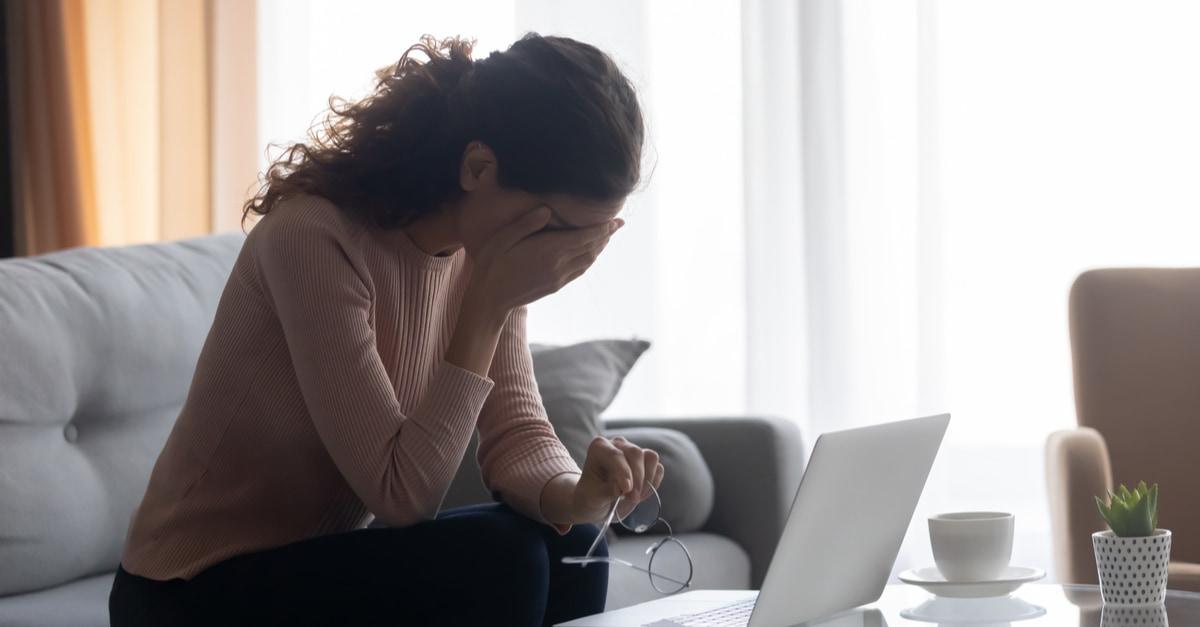
The way we work has changed radically since we were forced into lockdown in March 2020.
Out went commuting, working from a busy office, and lunch from Pret. In came Zoom calls, working with the dog at our feet, and lunch in the garden.
And now, as we progress through the phases of lifting lockdown, I’m hearing a clear message from multiple sources: people reluctant to return to the office. In fact more than a third of employees, according to a recent YouGov poll, don’t want to return to the office at all, and more than half believe the concept of the office is now unnecessary.
They cite reasons such as being afraid of catching Covid, a reluctance to go back to commuting, and the fact that working from home offers more flexibility to ease the burden of childcare. And who could argue with any of that?
But I believe that, in addition to these sensible but practical issues, there are deeper underlying reasons why your employees don’t want to return to the office.
By and large we’ve created stultifying, bureaucratic and anti-human organisations over many decades, that most sensible people want to avoid – completely or at least in part.
The anti-human organisation
How has this happened? How has the great working-from-home experiment of 2020 revealed an organisational deficit at odds with the values and cultures we espouse as leaders?
Modern organisations were created at the start of the industrial age. The types of work that had to be done were mechanical, systematic and labour intensive. The outputs of the operation were produced through the use of complicated heavy machinery, which human beings were deployed to operate. This created a human and a technical system intertwined.
Production was the name of the game, and a person’s contribution was measured largely by the time they spent at their jobs. The longer they operated a manufacturing line, the greater the outputs from that person. The longer a miner chipped away at coal, the greater the output of the coal mining operation. It was the era of the Time Economy.
There was little attention given to people’s working conditions, or the impact the work had on their lives. Little if any thought was given to how the changes ushered in by the industrial age had forced people to live and work in ways radically different to the social systems hardwired into humans through thousands of years of evolution.
It would be churlish to suggest that things have not moved on at all. Significant leaps have been made. But I believe these are not enough, not fast enough, not deep enough. Our outputs are now dependent on our skills, our intelligence, our capacity for deep work and our ability to collaborate. We have moved into a Knowledge Economy, but how organisations are designed hasn’t kept pace.
To illustrate my point, let’s imagine a mythical scenario in which a behavioural scientist asks a group of business and HR leaders to design the very worst type of organisation for people’s productivity and wellbeing in the modern knowledge economy. Imagine what that discussion might look like:
The very real fake organisation
The behavioural scientist asks: “How do we create organisations that are damaging for the people in them? Bad for their mental wellbeing, for creating deep work, for everything we know about how and when people thrive? You know, all the things that will have a consequential impact on productivity?”
Getting right into the spirit of the experiment, the first respondent shouts out: “Create buildings with poor natural light. Then add fluorescent lighting that people have to work under”.
Another offers: “Take power and autonomy away from people. Dictate their start and finish time and offer very little flexibility on a daily basis”.
“Okay, great. What else?”, asks our fictional scientist.
“Minimise the scope for difference and creativity by making sure all work is bound under rigid processes.”
“Create ‘performance management’ systems that tally a person’s entire contribution to a Likert scale on a form. Wait all year to tell them what they’re doing right and what they’re doing wrong.”
“Create noisy, open plan offices where it’s impossible to concentrate or do deep work.”
“Pack people’s working days full of meetings.”
Can you just hear the laughter all round? This group is on a roll…
“Encourage people to eat lunch at their desk. Local vendors will sell soggy, limp sandwiches or other carb-heavy processed food, guaranteeing a post-lunch dip.”
“Create a ‘clear desk’ policy, and frown upon anything that personalises a workspace.”
”And, as the icing on the cake, place the workplaces far from where people live and where their children go to school, and give them a long commute on overcrowded, expensive and unreliable public transport.”
Get the picture?
This would be funny, except it sums up the daily experience for most people in modern office workplaces. Every one of us has some experience of this – for some it has been the way of working day-in, day-out for years.
Little wonder people don’t want to go back there.
The flip side of the coin – organisations are amazing
As always, there is a flip side to the coin. Organisations are also wonderful, imaginative and vibrant places. Despite these structural flaws in the way we’ve designed work and organisations, people have managed to create and innovate beyond our wildest dreams. So, some may ask, why complain? Our current ways of working aren’t perfect, but then, nothing is.
It was all working well enough, until…
Along comes a global pandemic that confined people broadly to their homes. They can go outside at lunchtime and breathe in fresh air. They have the facilities to make proper, energising food for lunch. They can wear comfortable clothes and they don’t have to cram their feet into heels or their necks into ties. And they get a break from the oppressive and incessant politics and bureaucracy.
It all sounds idyllic. And many commentators have espoused the near-perfect upsides of our new ‘WFH’ culture. But the early excitement about working from home hides a ticking time-bomb sitting directly beneath employee wellbeing, organisational culture and productivity.
The darker side of working from home
I may be bucking the trend of public opinion here, but I believe the radical swing to working from home will have many catastrophic consequences unless we are very careful in how we design the experiment. And to heighten that risk, as I’ve illustrated above, human-centric organisational design isn’t a competency in great supply.
The reports I hear are of days packed with back-to-back Zoom calls, with heightened anxiety about being ’seen’ to be contributing, and working much longer hours to compensate for the lack of office visibility. I hear about people struggling to let their manager or supervisor know when they need help, for fear of being seen as incompetent or unable to cope without constant supervision. I hear about loneliness and boredom.
We are humans, and we are missing our colleagues socially – having a laugh over coffee, chatting about our families, collaborating in the spaces between the formal work.
Consider those people trying to work from a busy home with children, partners and pets. Many are operating from make-shift workspaces with dodgy unreliable wifi and without a dedicated space to work. It’s hard to concentrate on a Zoom call when your washing machine spin cycle is in full throttle!
Or consider the growing demographic of single-occupancy households. According to the Office for National Statistics, the number of lone households in the UK has risen by a fifth in the last 20 years. It’s not impossible to imagine a high proportion of your employees getting up in the morning, sitting at their desk all day, interacting with people only via screens, connecting through more screens in the evening, and then going back to bed. These people may go for days without human interaction in the physical world.
I believe this is a mental health and wellbeing catastrophe waiting to happen.
Some organisations have already closed their offices, beyond lockdown. They see the financial benefits of moving people to a permanent working-from-home arrangement. I believe this is ill-considered.
The benefit of working from home is when people can experience the upside of it in lockstep with the upside of working from the office. The business value of this is maximized when individuals can choose what works best for them, thanks to inherent flexibility built into the system.
Those companies who have already closed their physical spaces may regret their decision. It will be interesting to see how the shine of working from home starts to dull in a long, hard winter.
Well-designed organisations are where flourishing creativity and optimal productivity reside and thrive. So, instead of investing time and effort into employee wellbeing programmes that stick a proverbial plaster over the problem, HR – and leadership – should invest their time in understanding how people actually function.
Look to sociology, anthropology and social psychology for your best understanding of what your people really need to thrive and do their very best work. Utilise the very best in digital technology to support this. And then apply this both to their physical offices and to the way work is done from home.
Because if you don’t, you’re in danger of replacing one flawed design with another.
By Jacqueline Conway…
Dr Jacqueline Conway works with CEOs and executive teams as they fully step into their collective enterprise-wide leadership, helping them transform their impact and effectiveness.
Jacqueline is Waldencroft’s Managing Director. Based in Edinburgh, she works globally with organisations facing disruption in the new world of work.

